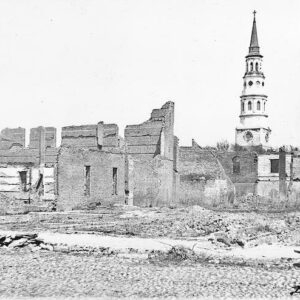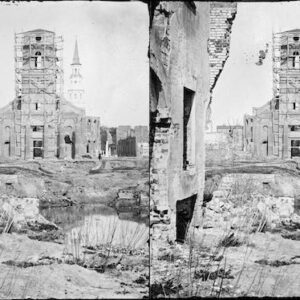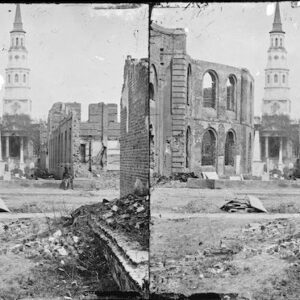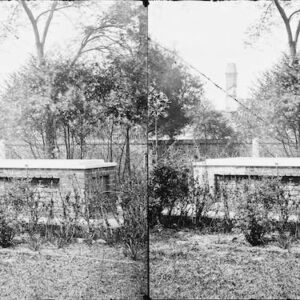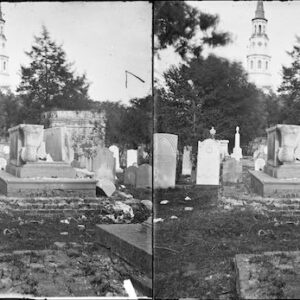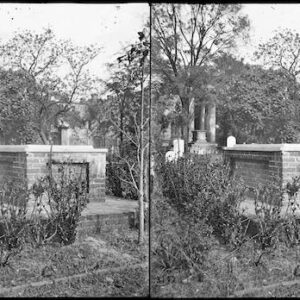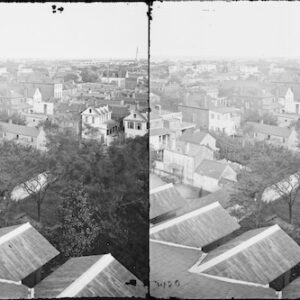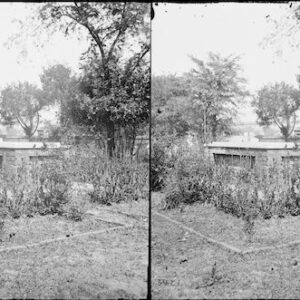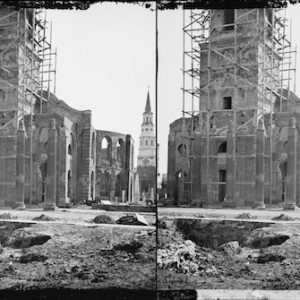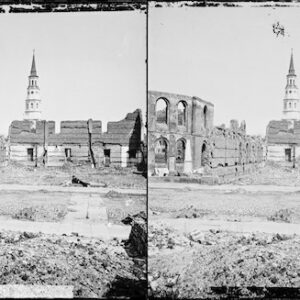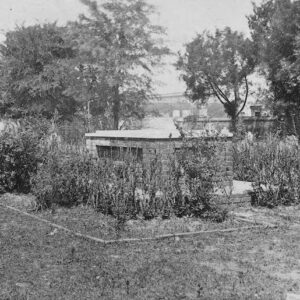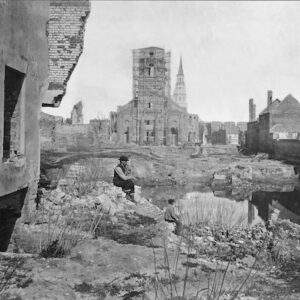Tag: St. Philip’s Church (Charleston SC)
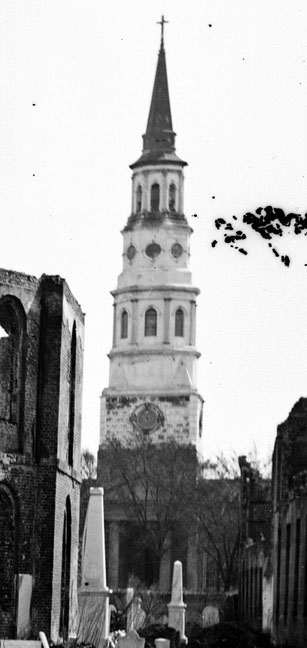 Wikipedia says: St. Philip’s Church is an historic church at 142 Church Street in Charleston, South Carolina. Its National Historic Landmark description states: “Built in 1836 (spire completed in 1850), this stuccoed brick church features an imposing tower designed in the Wren-Gibbs tradition. Three Tuscan pedimented porticoes contribute to this design to make a building of the highest quality and sophistication.” On November 7, 1973, it was added to the National Register of Historic Places and designated a National Historic Landmark.
Wikipedia says: St. Philip’s Church is an historic church at 142 Church Street in Charleston, South Carolina. Its National Historic Landmark description states: “Built in 1836 (spire completed in 1850), this stuccoed brick church features an imposing tower designed in the Wren-Gibbs tradition. Three Tuscan pedimented porticoes contribute to this design to make a building of the highest quality and sophistication.” On November 7, 1973, it was added to the National Register of Historic Places and designated a National Historic Landmark.
Established in 1681, St. Philip’s is the oldest European-American religious congregation in South Carolina. The first St. Philip’s Church, a wooden building, was built between 1680 and 1681 at the corner of Broad and Meeting streets on the present day site of St. Michael’s Episcopal Church. It was damaged in a hurricane in 1710 and a new St. Phillip’s Church was begun a few blocks away on Church Street. After being delayed it was finished in 1723. It burned to the ground in 1835. Work on the present church was begun that same year and completed the next. The steeple was added between 1848 and 1850.
A prominent early rector of St. Philip’s was Rev. Thomas Frost, a fellow of Caius College, Cambridge, who became rector of St. Philip’s in 1785. Leading the church in the post-Revolutionary War period, he had to create a new role after Anglicanism was disestablished in the United States. Rev. Frost died in 1804 at 46 years of age. Rev. Thomas Downes Frost, son of the first rector Frost, was chosen as assistant minister of St. Philip’s on March 12, 1815. The second Rev. Frost died an early death at age 26 in 1819.
Henrietta Johnston, the wife of another early rector, Gideon Johnston, became the first recorded female artist in the American colonies. Mary Roberts, the first female American miniaturist, was connected to the church and buried here in 1761, as recorded in the register.
Showing all 14 results
